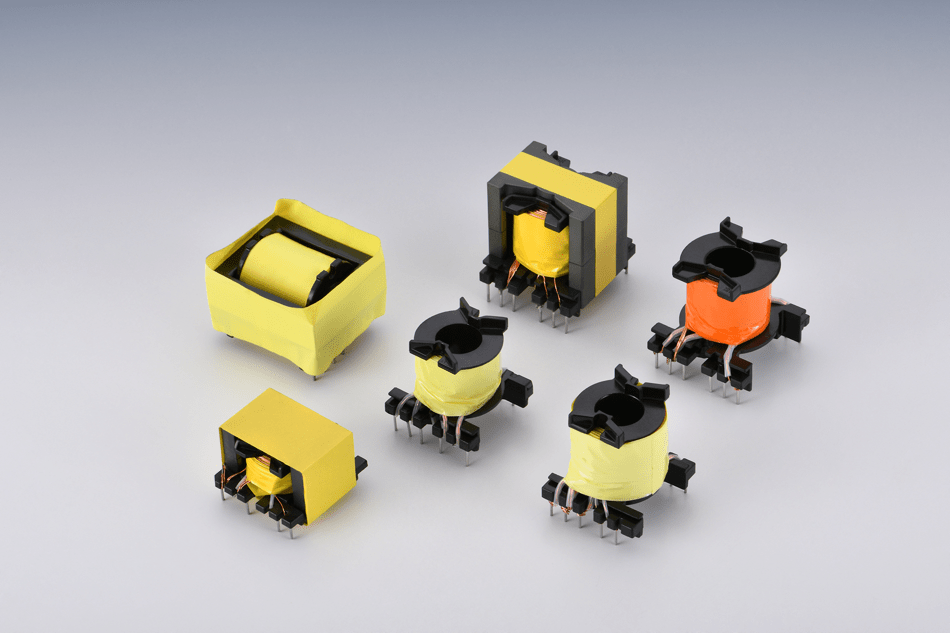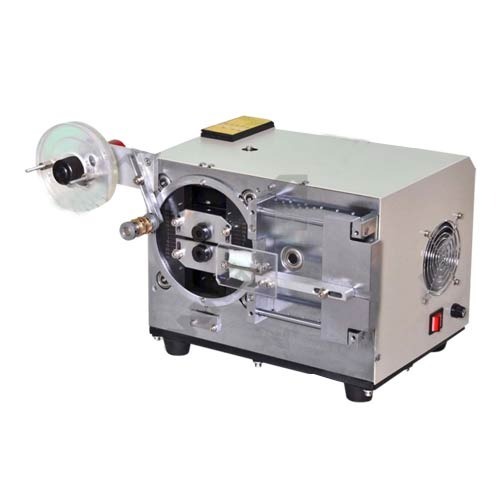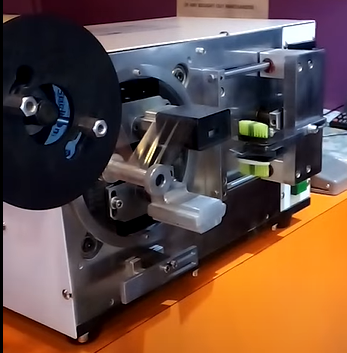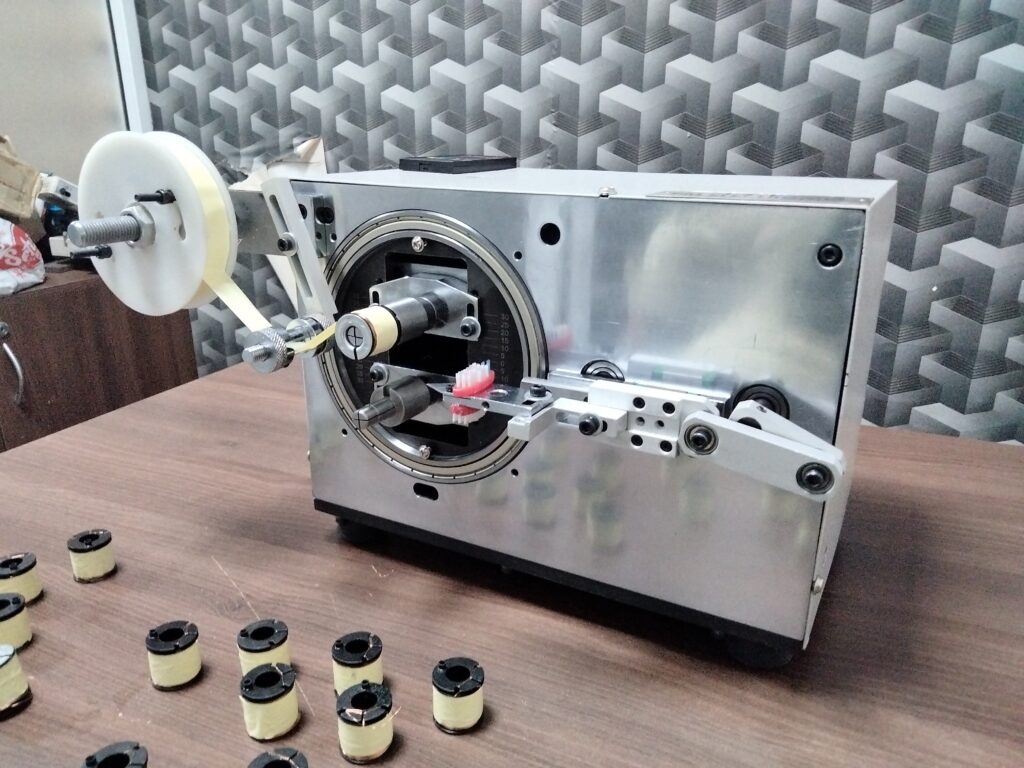
Switch Mode Power Supply (SMPS) transformers play a crucial role in power electronics, ensuring efficient energy transfer at high frequencies.
Designing and building a ferrite SMPS transformer requires a systematic approach, from core selection to final testing. Here’s a step-by-step guide to help you create a high-frequency transformer with primary, secondary, and auxiliary windings.
1. Understanding Transformer Requirements
Before designing, determine the transformer specifications based on the circuit requirements:
- Input voltage range
- Output voltage and current
- Switching frequency
- Power rating
- Isolation requirements
2. Core Selection
The core material and shape affect efficiency and performance. Consider the following factors:
- Core Material: Ferrite cores (like EE, ETD, EER, and PQ) are best suited for high-frequency applications.
- Core Size: Choose based on power handling capacity and flux density.
- Gap Considerations: For high-frequency transformers, an ungapped core is preferred to reduce energy losses.
- Saturation Flux Density (B_sat): Ensure the selected core can handle peak magnetic flux without saturation.
Core Loss Considerations
- Check the core loss curve from the manufacturer’s datasheet.
- Select a core that minimizes eddy current and hysteresis losses.
3. Bobbin Selection
The bobbin should fit the core type while allowing sufficient winding space. Key considerations:
- Material: High-temperature-resistant plastic ensures durability.
- Pin Configuration: Should align with PCB layout and soldering requirements.
- Creepage and Clearance Distance: Ensures insulation between high-voltage windings.
4. Copper Wire Selection
Choosing the right wire ensures efficiency and reduces heat generation:
- Primary Winding: Use thicker wire or Litz wire to minimize skin effect losses.
- Secondary Winding: Multiple strands or foil conductors improve current handling.
- Auxiliary Winding: Choose appropriate gauge depending on circuit needs.
- Temperature Rating: Ensure wires can withstand operational heat without degradation.
5. Turn Calculation & Winding Direction
Correct turn calculations ensure proper voltage output.
- Turns Ratio:
- Primary Inductance: Ensure it meets the minimum required value to avoid saturation.
- Winding Direction: Maintain correct polarity to prevent phase errors.
- Stray Inductance Reduction: Use interleaved winding techniques for minimal leakage inductance.
Copper Loss Considerations
- Calculate winding resistance to minimize conduction losses.
- Optimize wire gauge for high efficiency.
6. Winding Process
Step-by-Step Winding Guide
- Start with the primary winding – Ensure evenly spaced turns to minimize stray capacitance.
- Apply insulation layers – Use Mylar or Kapton tape to maintain dielectric integrity.
- Wind the secondary coil – Maintain proper layering for minimal proximity losses.
- Add auxiliary windings – Ensure adequate turns for control circuits.
- Final insulation – Apply multiple insulation layers for safety and reliability.
Advanced Winding Techniques
- Bifilar Winding: Reduces leakage inductance.
- Segmented Winding: Reduces inter-winding capacitance for better high-frequency performance.
- Twisted Pair Techniques: Helps in reducing EMI and noise.
7. Soldering & Taping
-
- Secure soldering: Use high-quality solder to avoid cold joints.
- Pin arrangement: Maintain correct pin alignment for easy PCB mounting.
- Multi-layer insulation: Apply heat-resistant tape between winding layers.
8. Core assembly, Taping
After winding and soldering, the transformer core needs to be assembled properly for optimal performance. The steps include:
- Core Alignment:
- The ferrite core pieces (typically two halves) are carefully positioned around the wound bobbin.
- Proper alignment is crucial to avoid air gaps that could reduce efficiency.
- Core Clamping:
- Depending on the transformer design, cores are either clipped, glued, or secured with epoxy to prevent movement during operation.
- Clamping pressure should be uniform to avoid cracking the ferrite material.
9. Transformer Testing
a) Inductance & Resistance Testing
- Measure primary and secondary winding inductance using an LCR meter.
- Check DC resistance to ensure minimal losses.
b) High Voltage (HV) Testing
- Perform an insulation resistance test to check dielectric strength.
- Apply HV stress test between windings and core.
c) Functional Testing
- Integrate into the SMPS circuit and check voltage regulation.
- Ensure efficiency and thermal performance meet design expectations.
10. Troubleshooting Common Issues
Overheating
- Check for excessive core losses.
- Ensure wire gauge is adequate for current handling.
Low Efficiency
- Reduce leakage inductance using proper winding techniques.
- Ensure core material is optimized for the switching frequency.
Voltage Fluctuations
- Verify the winding polarity.
- Ensure turns ratio is calculated accurately.
How to Design and Build a Complete Ferrite SMPS High-Frequency Transformer
Now Let’s divide each steps briefly
Winding Process with Automatic Machines :
Transformer Winding with Automated Machines
Modern transformer manufacturing heavily relies on automatic winding machines for precision and efficiency. These machines ensure high-speed and error-free winding of transformers while maintaining uniform tension and insulation placement.
03-Wire, 03-Sleeve Automatic Winding & Taping Machine
The 03-Wire, 03-Sleeve Automatic Winding & Taping Machine, as featured on CoilWinder.in, is an advanced machine capable of:
- Simultaneously winding three different wires, optimizing production time.
- Integrating three sleeve tubes automatically, ensuring high insulation quality.
- Applying insulation tapes like Mylar, margin tape, and additional layers in a single operation.
- Handling various transformer types, such as EFD and PQ transformer coils.
- Reducing manual intervention, improving precision and reducing labor costs.
EFD PQ EE Core Transformer Automatic Winding Machine with Insulation sleeve tube & margin Tape
Step-by-Step Automatic Winding Process
- Machine Setup:
- Select the correct program for the transformer type.
- Load the required copper wires, sleeve tubes, and insulation tapes.
- Adjust the machine’s tension settings to maintain wire integrity.
- Primary Winding Execution:
- The machine winds three different wire sizes simultaneously.
- Mylar insulation tape and sleeve tubes are applied as needed.
- Secondary Winding Execution:
- The machine transitions to secondary winding, ensuring the correct turns ratio.
- Automatic taping ensures uniform insulation placement.
- Auxiliary Winding Integration:
- The machine winds control and auxiliary windings with precise tension control.
- Margin tape is applied to prevent electrical breakdown.
- Final Insulation Application:
- The machine completes the process by applying additional insulation layers.
- Quality checks are performed to ensure proper layering and wire positioning.
- Completion and Unloading:
- The machine cuts the wires and releases the wound bobbin.
- The finished bobbin is transferred to the soldering station for further processing.
Advantages of Automated Winding Machines
- Consistency and Accuracy: Eliminates human errors and maintains precise wire placement.
- High-Speed Production: Drastically reduces winding time compared to manual processes.
- Enhanced Reliability: Automatic tension and insulation application improve transformer durability.
- Cost-Effective: Reduces labor costs and improves production efficiency.
Automated Dip Soldering for Transformer Coils
The Automatic Dip Soldering Machine, featured on CoilWinder.in, ensures high-quality, uniform soldering for transformer coils. It offers:
- Consistent and even soldering of all terminal pins in a single operation.
- Temperature-controlled molten solder bath, reducing defects like cold joints.
- Automated flux application for improved solder adhesion.
- Quick cycle time, improving manufacturing efficiency.
Transformer Coil Automatic Dip Soldering Machine EE EFD PQ Ferrite magnetic coil Tinning
Step-by-Step Automatic Soldering Process
- Machine Setup:
- Load the wound bobbins onto the machine’s fixture.
- Adjust the solder temperature and flux application settings.
- Align the bobbin pins to match the soldering area.
- Flux Coating:
- The machine dips the transformer coil pins into a flux solution.
- This removes oxidation and ensures proper solder flow.
- Preheating:
- The coil is preheated to minimize thermal shock and improve solder adhesion.
- Dip Soldering:
- The coil terminals are dipped into the molten solder bath.
- The machine precisely controls the depth and duration of immersion.
- Cooling & Inspection:
- The coil is cooled in a controlled manner to solidify the solder joints.
- The finished coils are inspected for defects and excess solder removal.
Benefits of Automatic Dip Soldering Machines
- Higher Precision: Eliminates inconsistencies found in manual soldering.
- Increased Production Speed: Speeds up the manufacturing process.
- Enhanced Joint Reliability: Ensures strong, durable solder joints.
Automated Core Assembly & Taping Process
Taping and Insulation
Proper insulation and taping ensure electrical isolation and mechanical stability.
- Primary Insulation Layer:
- Mylar tape or high-temperature insulating tape is applied over the primary winding to separate it from the secondary winding.
- Additional margin tape is used if required for extra protection.
- Final Core Wrapping:
- Once the core is in place, the entire transformer is wrapped with insulating tape to prevent external exposure to high-voltage areas.
- Some designs include additional shielding tape for electromagnetic interference (EMI) reduction.
High-Voltage (HV) Testing
Testing ensures the transformer meets safety and performance requirements before installation.
- Hi-Pot (High-Potential) Testing:
- A high voltage is applied between the primary and secondary windings to verify insulation strength.
- The transformer must withstand the specified voltage without breakdown.
- Inductance & Turns Ratio Test:
- An LCR meter is used to measure the inductance of each winding.
- Turns ratio testing confirms the correct voltage conversion.
- Leakage Inductance Measurement:
- Ensures minimal energy loss due to stray magnetic fields.
- Efficiency and Load Testing:
- The transformer is tested under actual load conditions to verify power efficiency and thermal stability.
Final Thoughts
The process of designing and manufacturing a ferrite SMPS high-frequency transformer involves multiple critical steps that must be executed with precision.
By carefully selecting the right core, bobbin, and copper wire, along with proper calculations for turns ratio and inductance, an efficient transformer can be created that meets performance and reliability standards.
In conclusion, building a high-frequency ferrite SMPS transformer is a blend of engineering expertise, precision manufacturing, and rigorous quality control. The integration of automatic machines streamlines production, ensuring reliable performance in various power supply applications.
As industries continue to demand higher efficiency and compact power solutions, refining these processes with technological advancements will lead to even better and more optimized transformer designs.
By following the outlined procedures, manufacturers can produce high-performance SMPS transformers that meet industry standards while ensuring durability, efficiency, and cost-effectiveness.
Your Trusted Partner for Automatic Transformer Production Solutions
We are here to help you! As a leading supplier of automatic winding, soldering, and testing machines, we provide complete solutions for transformer manufacturing. Our expertise extends beyond supplying high-quality equipment – we also offer comprehensive after-sales service, installation, and support across India.
Whether you require a single machine or a fully automated production line, we can assist you in setting up an efficient, autopilot transformer production system.
By leveraging cutting-edge automation, you can enhance production speed, improve product consistency, and reduce labor costs. If you’re looking for a reliable, high-performance solution for transformer manufacturing, contact us today to explore how our machines can transform your production process.
With automation and continuous innovation, the future of transformer manufacturing remains promising and highly efficient. Let’s work together to achieve superior quality and efficiency in your transformer production line!
More details, please contact freely :
DEPTRONICS TECHNOLOGIES
Contact : Deepanshu Saxena
Mobile : +91-8800622761
WhatsApp : https://wa.me/918800622761
Email : [email protected]
Website : https://coilwinder.in/



